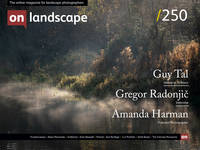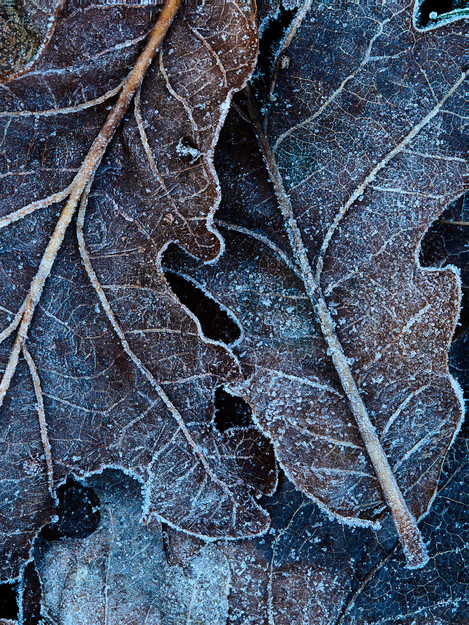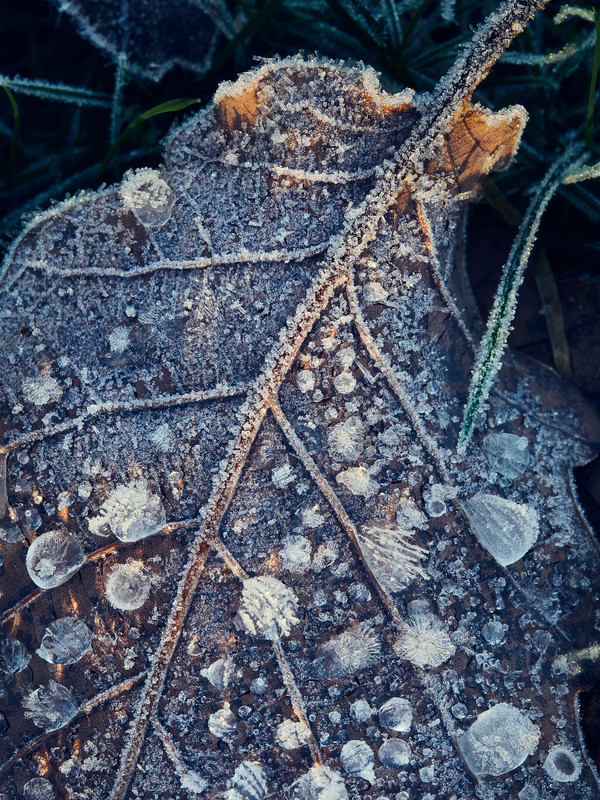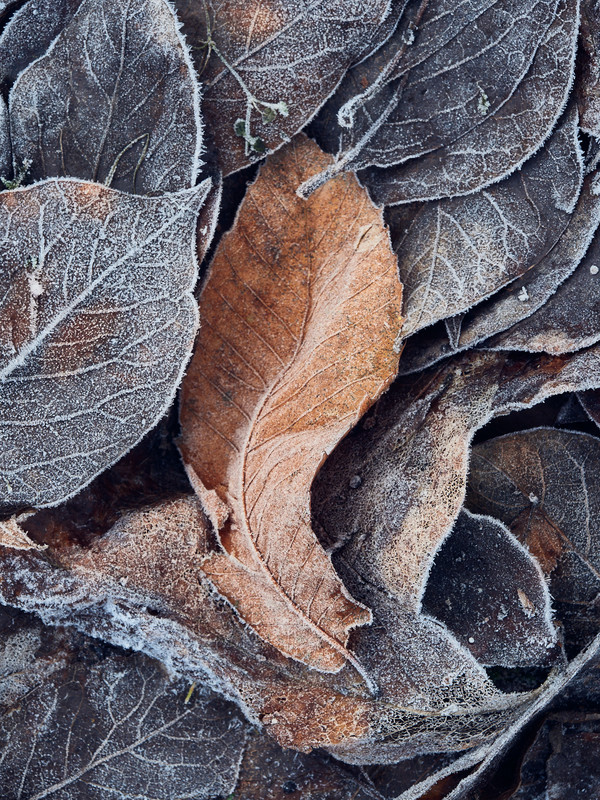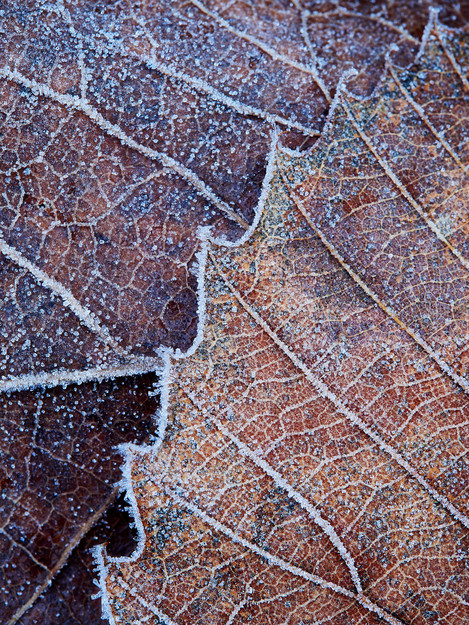A winter’s tale of delight in details

Adam Pierzchala
Now retired, I have more time to enjoy being out with my camera looking for scenes and subjects that pique my interest, especially coastal, woodland and close-ups. Although I still have several rolls of 35mm and MF film in my freezer, I shoot almost exclusively digital now
Frost. It’s quite common throughout our land and most people hardly give it a thought – other than that it can be a nuisance to e.g. crop farmers, car drivers and mass transportation systems. Frost can damage crops, lead to slippery roads, iced-up power cables, seized railway points and signals. Even worse, ice forming on aircraft wings upsets their aerodynamics hence de-icing procedures in winter.
Here in the British Isles we most commonly see hoar frost which, from what I’ve gleaned around the Internet, is formed when water vapour from low humidity air at above 0˚C is deposited onto sub-0˚C surfaces. Less common is white frost which is formed from vapour in higher humidity air (90%) depositing onto surfaces at below -8˚C. Then there is advection frost formed by very cold wind flowing over cold surfaces. There are also window frost creating lovely patterns on glazed surfaces, black frost which is actually blackened frost-damaged vegetation and occasionally rime when ice forms from rain settling and immediately freezing on extremely cold surfaces.
It was several years ago that I first properly noticed frosted leaves on the ground, their edges, veins and stalks outlined by a sprinkling of fine white crystals. I made some close-up photos trying to bring out colour and textures and sinuous organic curves contrasting against the angular crystals. Shiny/leathery holly leaves picked up blue from the clear sky above adding to the feeling of a cold crisp morning. I enjoyed the session so much that I resolved to repeat the exercise each winter whenever conditions were right – which isn’t too often in my part of the world! However, even when the promised frost fails to materialise, being out in the early morning with only the occasional dog walker for company is a pleasure in itself and with my macro lens mounted on the camera, I can enjoy exploring the skeletal remains of leaves ravaged by harsh late autumn and wintry weather.
I wouldn’t go so far as to say that this has become a project, but it is a subject I actively look out for in the cold season when out for woodland walks. I do have the feeling that close-up photography that records nature’s details is perhaps more akin to documentary photography rather than creative art, after all, it is nature that creates the beauty we love to photograph.
This winter I’ve been struck by how muted the colours are compared to previous years. The intense blue I’ve seen previously seems to be greyer or missing altogether and there is more in the way of browns, oranges and yellows. This may be due to differences in light, the actual tree species that shed the leaves or maybe that the leaves have undergone more decay as the frost seems to have come a bit later this year.
Be that as it may, I tell myself that it’s a harmless pursuit allowing me to revel in nature’s details and enjoy being away from daily routines, losing myself in pursuit of beauty in miniature. On my last outing, a lady approached me as I looked intently at the ground around me, asking whether I had lost something. I almost replied “only my marbles” but thought better of it and said that I was photographing frost patterns for a science project. “Oh how lovely” she replied and wandered away. What she really thought will never be known…

